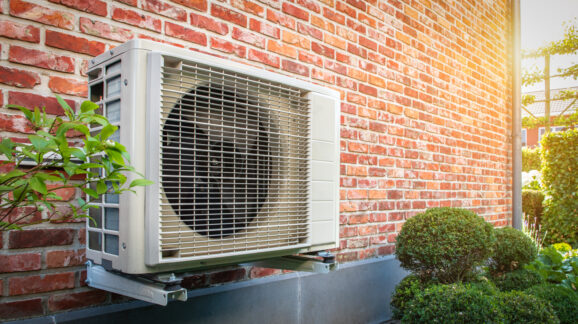Biden’s Cold War: Anti-Air Conditioner Regulations Keep Piling Up
If you thought the Biden team had it in for gas stoves, wait until you see their plan for air conditioners
Think Biden administration regulators have it in for gas stoves? Just wait until you learn what they have in store for air conditioners. In fact, many homeowners are already finding out first hand. It’s all part of team Biden’s prioritization of climate change policy over the interests of consumers.
Now that air conditioning season is commencing across most of America, nearly 100 million homeowners are turning on their systems for the first time since last summer, hoping they get cold air. Those that don’t will need repairs, which may require replacing refrigerant that has leaked out of the system.
Unfortunately, new Environmental Protection Agency (EPA) regulations are limiting supplies of these refrigerants – the result of a law targeting them as contributors to climate change. The production quotas have driven up their price about three-fold, and a recharge may cost $100 to $500 more than before these provisions took effect, depending on how much replacement refrigerant is needed.
The refrigerant quotas get much tighter next year, so expect repair bills to continue rising. In addition, new EPA rules aimed at those who service air conditioners – such as the one requiring refrigerants to be carried around in heavy refillable cylinders – will also impose costs likely to be passed on.
The shock from a high repair estimate might be enough to induce some to consider buying a new system instead, but the news there is even worse. Department of Energy (DOE) efficiency standards add to EPA measures to create an expensive one-two regulatory punch.
The efficiency standards are supposed to save consumers money, but in reality, excessively stringent requirements can raise the up-front cost of the equipment more than many will ever earn back in the form of energy savings.
Central air conditioners are already impacted while a proposed new regulation for window units is in the early stages, and in both cases the claimed climate change benefits are a big part of the agency’s rationale. Installers say central systems jumped by up to $1,000 when the new rule took effect last Jan. 1, and a total cost of $10,000 is no longer a rarity.
Not to be left out, the EPA has a new proposed regulation that would put additional upward pressure on air conditioner prices by outlawing the most affordable remaining models in 2025. The agency is doing so because – you guessed it – these systems are deemed insufficiently climate friendly. Specifically, they use a refrigerant considered a potent greenhouse gas, while new redesigned systems have been engineered to use more environmentally-benign ones.
And if you are wondering where the big air conditioner manufacturers stand on all of this, they actually joined forces with environmental activists and petitioned the agency for the rule, the effect of which is to create a captive market for the greener but costlier new models they have conveniently already developed.
Read the full article at Fox News.
